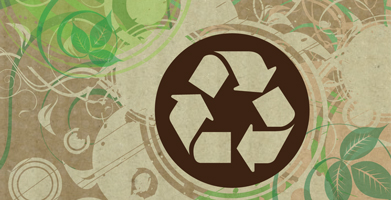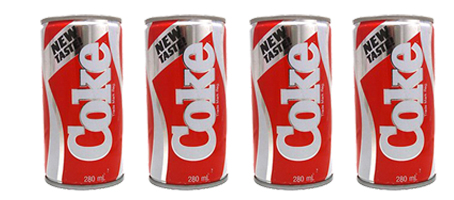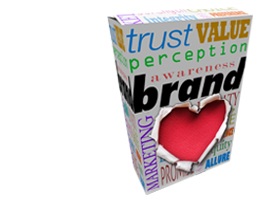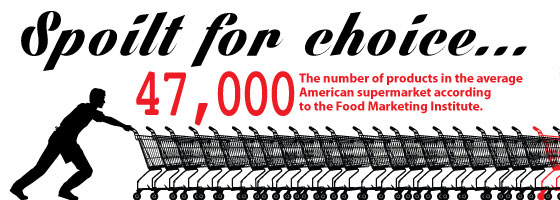

 |
 |

|
|
|
 |
 |
|
 |
 We first learned to satisfy consumers’ needs. Then we realised more was needed so we strived to delight consumers. Now that too is not enough ... ... consumers need to love the brand. Saatchi & Saatchi researched “What makes some brands inspirational, while others struggle?” They came up with the answer: Lovemarks: the future beyond brands [READ MORE] |
|
|

|
 |
 |
 |



From a posting on http://www.consumerreports.org/ ....
Between 1975 and 2008, the number of products in the average supermarket swelled from an average of 8,948 to almost 47,000, according to the Food Marketing Institute, a trade group. (In the past few years, that number has fallen slightly, in part because of a growth spurt among smaller stores.)
“Consumers have always had choices, but today options have exploded beyond all reason,” says Barry Schwartz, author of “The Paradox of Choice” (HarperCollins, 2003) and a psychology professor at Swarthmore College. “It’s the ethos of American society; the idea that freedom is good, more is better, and you enhance those ideas by offering choice. Logically, you can’t hurt anyone by adding options. It makes no one worse off, and some better. That’s the theory, but in practicality it’s not true.”
Schwartz contends that an abundance of choice can complicate decision-making, causing shoppers to freeze or postpone a purchase out of uncertainty and frustration. When they do make a choice, they’re more likely to be dissatisfied because they think an unchosen item might have been better. A survey by Consumer Reports National Research Center suggests that Schwartz has a point. Five percent of respondents who found too many options said they had walked away empty-handed because the scope of choices made selection too hard.
More troubling is that when faced with an array of complex options, consumers tend to throw reason out the window and pick a product based on what’s easiest to evaluate, not what’s most important, says Sheena Iyengar, director of the Global Leadership Matrix Program at the Columbia (University) Business School. “We stick to the familiar or go by price because we don’t want to deal with so many choices and scrutinize label claims or nutrition information,” she says.
You can read comment on this issue here

















